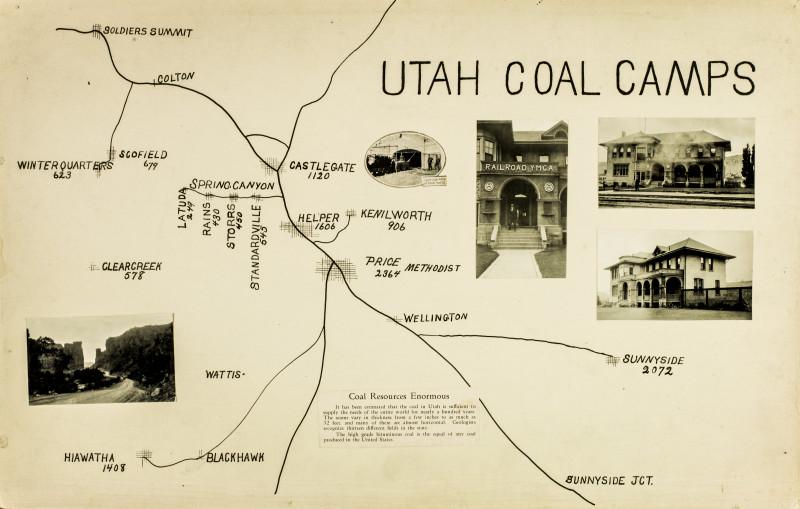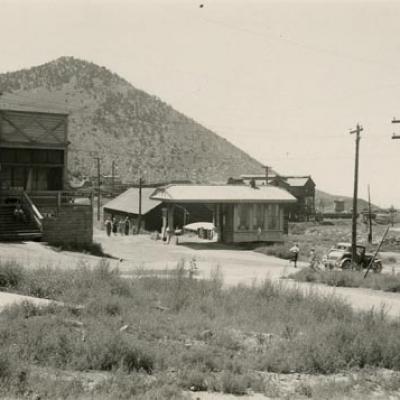Carbon County Oral Histories
Like most western states, Utah is no stranger to the mining culture that dominated the mid 1800s. Tens of thousands made the trek westwards in search of economic opportunity, and Utah’s rich ore deposits made the state a popular destination for incoming workers. In 1847 the Latter Day Saints under Brigham Young established themselves in the area that would later become Salt Lake City. From that point forward mining communities began to spring up everywhere on the fringes of Mormon society. Ore discoveries were made at Bingham and Cottonwood canyons, and the lure of gold and silver brought in families from the far reaches of the United States. What’s more, Utahn mining was prosperous enough to warrant an influx of immigrants to the U.S. that would go on to form the familial backbone of the state. European immigrants, namely those from Slavic countries in Eastern Europe, journeyed to Utah and settled into diverse communities who all shared common heritage. Carbon County in particular was home to many of these immigrants because, as the name suggests, it was an increasingly industrial region where several major mines existed.
The Carbon County oral history project captures the histories of these immigrants whose families left Europe to work in Utah, and the subsequent experiences that these peoples had in such a new environment. Day to day life centered around the mining culture that developed in Carbon County and how the miners (and their families) dealt with the challenges that arose from living in the harsh and unforgiving environment that was the Utah frontier.




